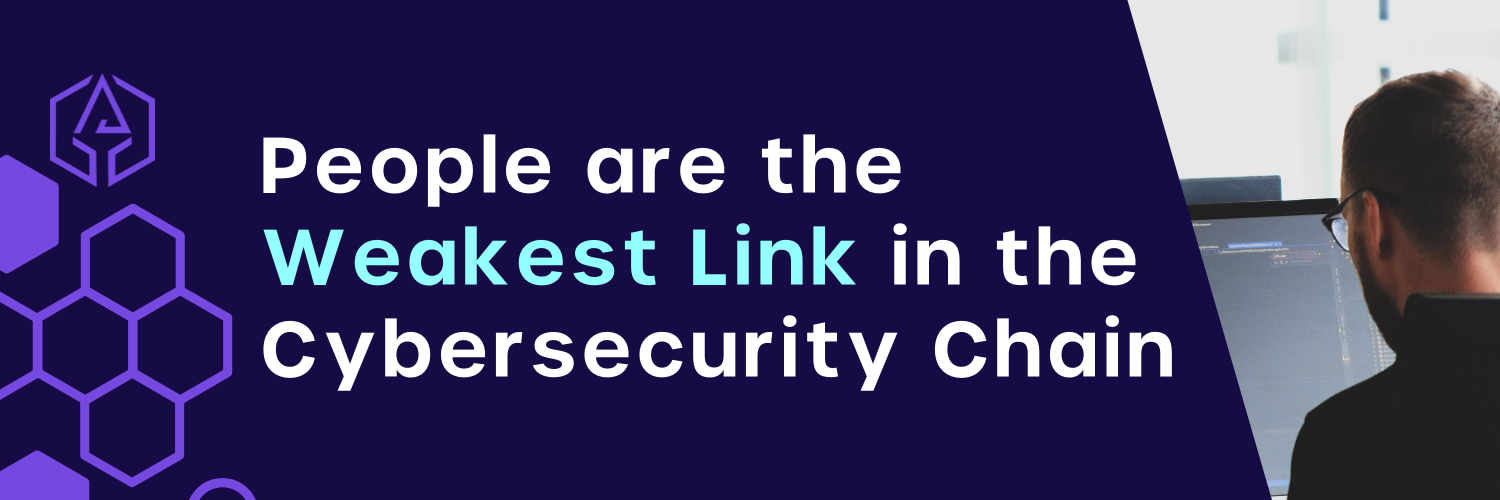In the intricate ecosystem of digital operations, third-party dependencies serve as integral components that enhance functionality and streamline processes. However, these dependencies can also introduce a perilous weak link that can compromise security. This blog uncovers the complexities of "Vulnerable Third Parties," elucidating the risks they pose, the potential consequences, and proactive strategies to bolster resilience against such threats.
Understanding Vulnerable Third Parties:
Vulnerable third parties refer to external entities, such as vendors, suppliers, or service providers, that inadvertently introduce security vulnerabilities into an organization's digital infrastructure. These vulnerabilities can stem from outdated software, inadequate security measures, or negligent practices on the part of the third party.
The Risks and Consequences:
Relying on vulnerable third parties can expose organizations to a range of grave risks:
1. Data Breaches:
Weak security practices of third parties can lead to unauthorized access and leakage of sensitive information.
2. Supply Chain Attacks:
Malicious actors can exploit vulnerabilities in third parties to launch attacks on target organizations.
3. Malware Distribution:
Compromised third-party components can inadvertently distribute malware to an organization's network.
4. Regulatory Non-compliance:
If a third party mishandles data or breaches regulations, the organization may face legal and compliance issues.
5. Reputation Damage:
Security incidents involving third parties can tarnish an organization's reputation and erode customer trust.
Impact on Organizations:
Vulnerable third parties can have far-reaching implications across an organization:
1. Financial Loss:
Data breaches resulting from third-party vulnerabilities can lead to financial losses, lawsuits, and fines.
2. Operational Disruption:
Security incidents involving third-party components can disrupt operations, leading to downtime and loss of productivity.
3. Legal and Regulatory Fallout:
Organizations may face legal actions and regulatory penalties if third parties compromise data security.
Bolstering Resilience Against Vulnerable Third Parties:
To strengthen defenses against vulnerable third parties, organizations should adopt a proactive and strategic approach:
1. Risk Assessment:
Conduct thorough risk assessments to evaluate the security posture of third-party dependencies.
2. Due Diligence:
Prior to engaging third parties, assess their security practices, track record, and compliance with industry standards.
3. Security Requirements:
Set clear security requirements for third parties, outlining expectations for data protection and secure practices.
4. Regular Audits:
Conduct regular security audits and assessments of third-party components to identify vulnerabilities and weaknesses.
5. Contractual Agreements:
Include security clauses and expectations in contracts with third parties to hold them accountable for data protection.
6. Continuous Monitoring:
Implement continuous monitoring of third-party interactions to detect and respond to any security incidents promptly.
Conclusion: Shielding the Ecosystem from Third-Party Vulnerabilities:
Vulnerable third parties underscore the importance of maintaining a vigilant and proactive stance in modern cybersecurity. By understanding the potential risks, instituting stringent due diligence, and consistently monitoring third-party interactions, organizations can bolster their resilience against the weakest link in their digital ecosystem. In a landscape where collaborative relationships drive operational efficiency, guarding against vulnerabilities in third-party dependencies is a strategic imperative to ensure the security and integrity of digital assets.

Comments
Post a Comment